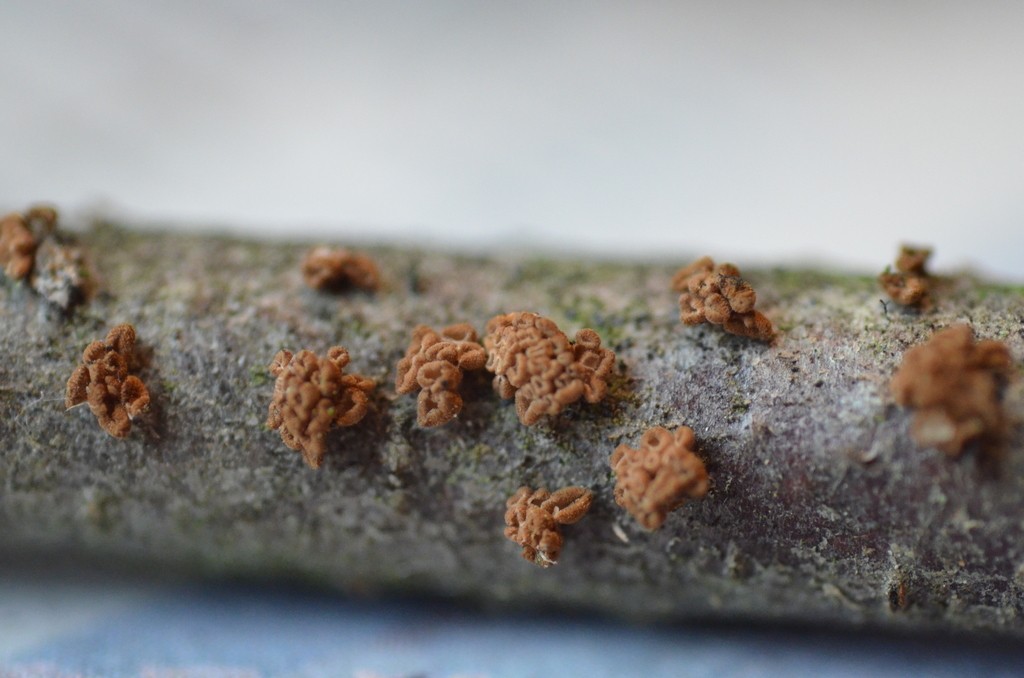Merismodes
Scientific name: Merismodes
Merismodes
Scientific name: Merismodes
 Photo By Carl-Adam Wegenschimmel , used under CC-BY-4.0 /Cropped and compressed from original
Photo By Carl-Adam Wegenschimmel , used under CC-BY-4.0 /Cropped and compressed from original Description
Merismodes are tiny fungi that often grow on decaying wood or plant material. They tend to form clustered, cushion-like structures that can range from pale to dark colors. Unique to these fungi, their fruiting bodies may appear powdery due to the release of spores. Merismodes thrive in various environments, from forests to grasslands, playing an essential role in breaking down organic matter and contributing to nutrient recycling.